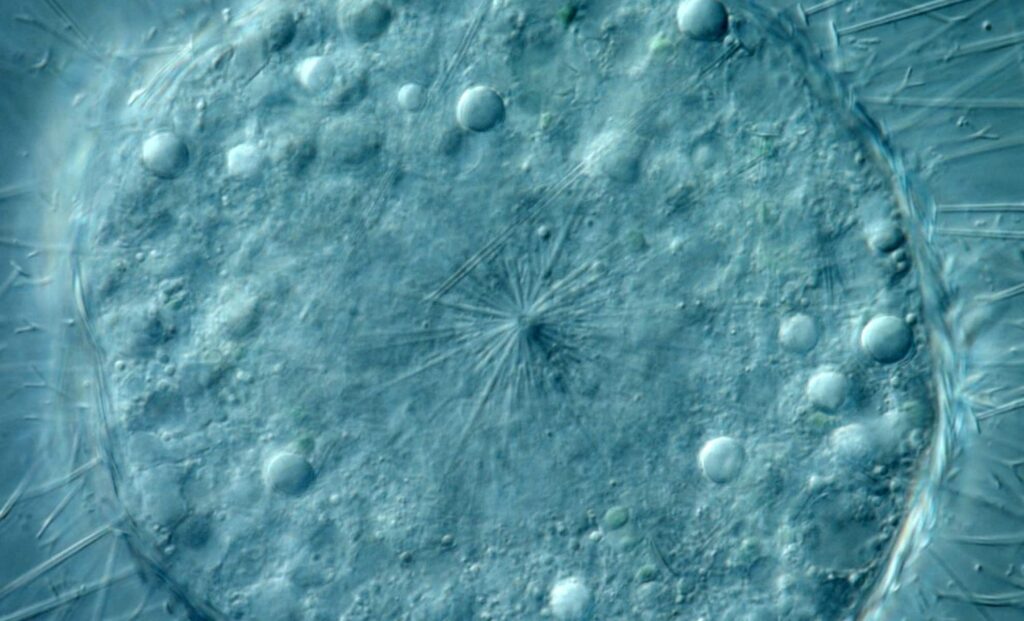Researchers studying five iron-rich hot springs in Japan have identified microbial communities that resemble those believed to have existed during one of Earth’s most significant environmental transitions. These ecosystems help researchers understand how life functioned in low-oxygen, iron-dominated environments—conditions that marked the Earth’s oceans around 2.3 billion years ago.
This era, known as the Great Oxygenation Event, saw atmospheric oxygen levels rise dramatically, forcing early lifeforms to adapt or disappear. While many microorganisms couldn’t survive the change, a small group found ways to persist—and the hot springs in Japan may hold the key to understanding how they did it.
Iron-Rich Hot Springs as Analogues of Early Earth
The hot springs, located across Japan, provide a rare combination of geochemical conditions: high levels of ferrous iron, low oxygen concentrations, and near-neutral pH values. These factors mirror what scientists believe were dominant characteristics of ancient oceans at the onset of oxygenation. According to research published in the journal Microbes and Environment, the springs act as natural laboratories for reconstructing microbial life from the late Archean to early Proterozoic eras.
“These iron-rich hot springs provide a unique natural laboratory to study microbial metabolism under early Earth-like conditions,” explained Shawn McGlynn, one of the study’s authors. His team, based at the Earth-Life Science Institute and the Institute of Science Tokyo, has been analyzing microbial genomes and metabolic functions found in the springs.
Out of five springs studied, four were found to host dominant populations of iron-oxidizing bacteria—microbes that use ferrous iron as a primary energy source. These organisms flourish in low-oxygen settings and may reflect how some early microbial life avoided extinction during Earth’s oxygen surge.

Dominance of Iron Oxidizers and Microbial Diversity
The research team recovered and analyzed over 200 high-quality microbial genomes from the spring ecosystems. The data showed a consistent pattern: microaerophilic iron oxidizers were dominant, coexisting with smaller populations of oxygen-producing cyanobacteria and anaerobic microbes. These communities were found to sustain near-complete biogeochemical cycles involving carbon, nitrogen, and sulfur transformations.
“Despite differences in geochemistry and microbial composition across sites,” noted study co-author Fatima Li-Hau, “our results show that in the presence of ferrous iron and limited oxygen, communities of microaerophilic iron oxidizers, oxygenic phototrophs, and anaerobes consistently coexist and sustain remarkably similar and complete biogeochemical cycles.”
Interestingly, only one of the five hot springs showed a different microbial makeup. In that location, non-iron-based metabolisms were dominant—a divergence the researchers plan to examine more closely in future work. But the general consistency of iron-based systems across the other four springs suggests a widespread survival strategy dating back billions of years.
Implications for Planetary Science and Early Ecosystems
The findings could reshape how scientists think about Earth’s early biosphere. Rather than being entirely swept away by the rise in oxygen, some microbial ecosystems may have carved out ecological niches, using iron as an energy source while coexisting with newly emerging oxygenic phototrophs. The springs offer a close look at the structure and function of these ancient systems.
This detailed picture of early microbial ecology is not only about understanding Earth’s past. It could also influence the ongoing search for life beyond our planet. The environmental conditions preserved in these Japanese springs—low oxygen, rich iron content, and neutral pH—may also exist elsewhere in the solar system or on exoplanets.
The research, by highlighting how life can adapt to drastic planetary shifts, lays a foundation for exploring biological resilience in unfamiliar environments. As Li-Hau put it, “This paper expands our understanding of microbial ecosystem function during a crucial period in Earth’s history, the transition from an anoxic, iron-rich ocean to an oxygenated biosphere.”

